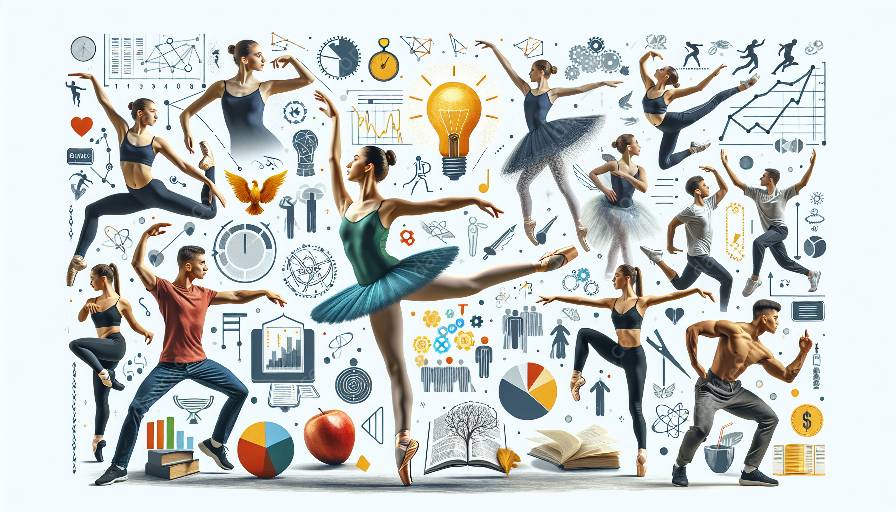Dance training is a physically and mentally demanding pursuit, requiring a holistic approach to training load management. Incorporating cross-training into a dancer's routine is essential to promote both physical and mental health. In this article, we will explore the best practices for integrating cross-training into a dancer's training load, in line with training load management for dancers and the importance of maintaining a balance between physical and mental well-being in dance.
Understanding Training Load Management for Dancers
Training load management involves monitoring and optimizing the balance between training stress and recovery to enhance performance and reduce the risk of injury. For dancers, this encompasses the physical demands of dance technique and performance, as well as the mental and emotional strain of artistic expression and creativity.
Effective training load management for dancers requires a comprehensive approach that considers not only the volume and intensity of dance training but also the individual dancer's capacity for recovery, their overall well-being, and any specific physical or mental health considerations.
Importance of Physical and Mental Health in Dance
Physical and mental health are closely intertwined in the context of dance. Dancers must maintain physical fitness and strength while also tending to their mental and emotional well-being. Neglecting either aspect can lead to decreased performance, increased risk of injury, and negative impacts on overall quality of life.
Best Practices for Incorporating Cross-Training
Incorporating cross-training into a dancer's training load can be a valuable strategy to address the multifaceted nature of dance training and promote overall physical and mental health. Here are some best practices for integrating cross-training:
- Identify Areas for Improvement: Assess the specific physical and mental demands of dance and identify areas that can benefit from cross-training, such as strength, flexibility, cardiovascular endurance, and mental resilience.
- Personalize Cross-Training Programs: Tailor cross-training programs to address individual dancer's needs, taking into account their strengths, weaknesses, and any existing physical or mental health considerations.
- Balance Load and Recovery: Integrate cross-training activities in a balanced manner to complement dance training without overloading the dancer's capacity for recovery. Allow sufficient time for rest and recovery to prevent burnout and injury.
- Diversify Training Modalities: Incorporate a variety of cross-training modalities such as yoga, Pilates, strength training, swimming, and mindful movement practices to provide a well-rounded approach to physical and mental conditioning.
- Monitor Progress and Adapt: Regularly assess the impact of cross-training on the dancer's physical and mental well-being, adjusting the cross-training program as needed to ensure continued progress and prevent any negative effects.
Holistic Approaches to Dance Training
Integrating cross-training into a dancer's training load aligns with holistic approaches to dance training that prioritize the dancer's overall well-being. By acknowledging the interconnectedness of physical and mental health in dance, this approach fosters a sustainable and fulfilling dance practice, leading to improved performance and long-term resilience.
Embracing best practices for incorporating cross-training into a dancer's training load supports the goal of optimizing training load management for dancers and promoting physical and mental health in dance. Through a thoughtful and personalized approach to cross-training, dancers can cultivate the strength, flexibility, endurance, and resilience necessary for a successful and sustainable dance career.


































